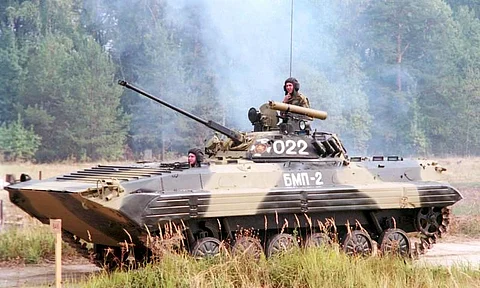

Russian forces have begun moving into Belarus in preparation for the Zapad-2025 joint military exercises, which are scheduled to take place in mid-September. The Belarusian Defense Ministry confirmed on Wednesday that both troops and equipment from Russia have started arriving as part of preparations for the drills.
The Zapad-2025 exercises are expected to involve over 13,000 personnel from Russia and Belarus, according to official estimates. However, the movement of Russian troops into Belarus has raised concerns given the precedent set in early 2022, when Russia deployed around 40,000 soldiers under the guise of military drills before launching its full-scale invasion of Ukraine from Belarusian territory on February 24.
NATO estimates suggest the number of troops participating this year could be significantly higher, possibly reaching 150,000. Though the figure may appear inflated, it is not without precedent. The Zapad-2021 drills reportedly involved as many as 200,000 personnel, and Western intelligence believes some of those troops remained stationed in Belarus as tensions with Ukraine escalated in the spring of that year.
In late April, Ukrainian President Volodymyr Zelensky warned that the Zapad-2025 drills could serve as a cover for a renewed Russian offensive, potentially targeting the capital, Kiev. Although no significant forward deployment of aircraft, field hospitals, or other key indicators of an imminent invasion have been observed, analysts remain cautious. The deteriorating battlefield situation for Ukraine and escalating U.S.-Russia tensions—particularly as President Donald Trump’s self-imposed August 8 deadline to end the war approaches—may influence Moscow’s strategic calculations.
On Wednesday, Russian forces reportedly dropped surrender leaflets over the city of Pokrovsk, demanding that remaining Ukrainian troops lay down their arms. This tactic has previously signaled an imminent assault, which, if the city were to fall to the Russian, would open the door for a major Russian advance that could outflank Ukrainian defenses to the east in Donbas and to the south in the Zaporizhia region.